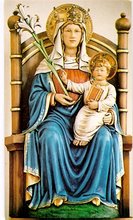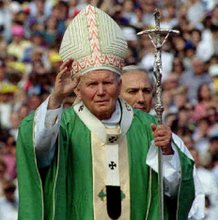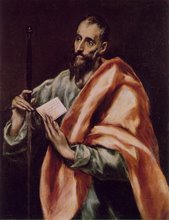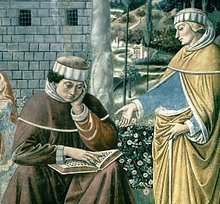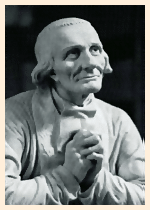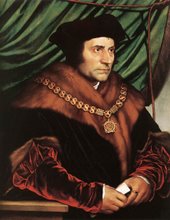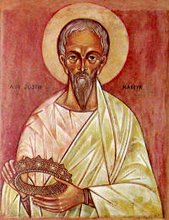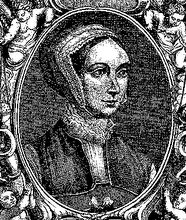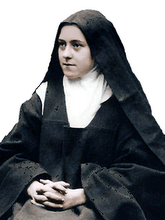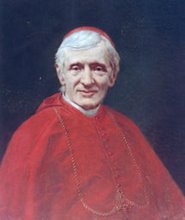Our Catholic History Walk last Saturday went ahead, partly due to the lovely weather we had that morning. Our destination was the old estate of Parlington Hall, just to the south of Aberford. This house had been the seat of the Gascoigne family from the mid 1500s up to the beginning of the twentieth century. The Gasgoignes had moved here from their original house, the remains of which are in the grounds of Harewood House, north of Leeds. The family had been Catholic from the early days until 1780, when Thomas Gascoigne became and Anglican so that he could become an MP.
Parlington Hall was abandoned by the family at the start of the twentieth century and was finally demolished in the 1950s. The house had been remodelled in the 1700s, but there is no evidence now to give indications about is medieval origins. This photo shows the house as it was at the end of the nineteenth century.
We all parked on the south end of Aberford village on the old Great North Road, close by the Gascoigne Almshouses.









